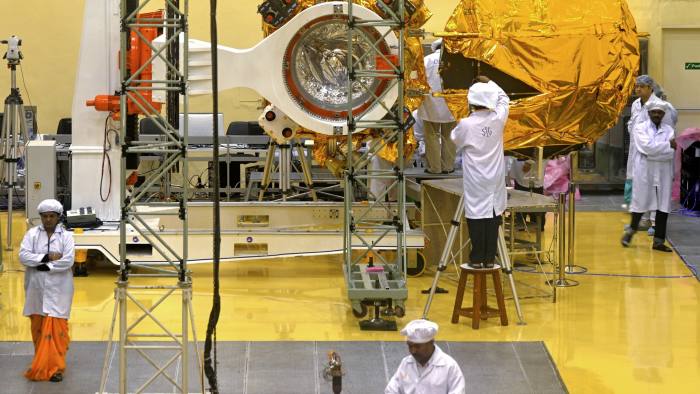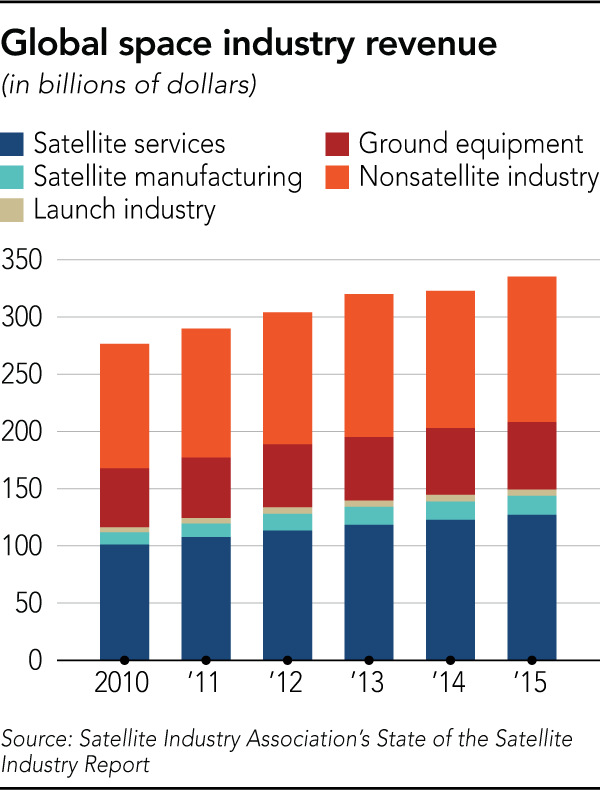By DAVID BREWSTER

Geopolitical rivalry between big powers sometimes yields odd results.

Geopolitical rivalry between big powers sometimes yields odd results.
The latest development in growing strategic competition across the Indian Ocean region is India’s purchase of what has become known as the “world’s emptiest international airport” in Sri Lanka, maybe just to keep it empty.
Hambantota Dreaming
The small fishing town of Hambantota, near the southern tip of Sri Lanka, has long been Exhibit A for those who worry about the strategic impact of China’s Belt and Road Initiative.
Hambantota Dreaming
The small fishing town of Hambantota, near the southern tip of Sri Lanka, has long been Exhibit A for those who worry about the strategic impact of China’s Belt and Road Initiative.
Hambantota burst into international consciousness around a decade ago when Chinese companies were contracted to build a big new port, an international airport and, of course, an international cricket stadium – all connected by Chinese-built multi-lane freeways.
It was all part of a plan by Sri Lanka’s then-president Mahinda Rajapaksa to turn his own sleepy constituency into a new global shipping hub.
It was all part of a plan by Sri Lanka’s then-president Mahinda Rajapaksa to turn his own sleepy constituency into a new global shipping hub.
After international investors and aid agencies balked at the business case, Rajapaksa went to China to finance and build the projects.
Although the commercial terms are opaque, the projects have probably cost more than $1.5 billion in all, much of it in relatively high-interest loans.
According to its backers, the new port’s location next to the busiest sea lanes across the northern Indian Ocean makes it a natural hub for transhipment and logistics.
According to its backers, the new port’s location next to the busiest sea lanes across the northern Indian Ocean makes it a natural hub for transhipment and logistics.
It is part of Sri Lanka’s ambitious plans to turn itself into an all-purpose Indian Ocean hub that might one day come to rival Singapore.
But security analysts argued that Hambantota might also be a good place for a Chinese naval base, as part of a Chinese “string of pearls” across the Indian Ocean.
But security analysts argued that Hambantota might also be a good place for a Chinese naval base, as part of a Chinese “string of pearls” across the Indian Ocean.
It was, according to several Indian analysts, part of a grand Chinese plan to surround India in the Indian Ocean.
A Sri Lankan White Elephant
Unfortunately for Sri Lanka, the foreign bean counters were right.
A Sri Lankan White Elephant
Unfortunately for Sri Lanka, the foreign bean counters were right.
The whole project has turned out to be a white elephant.
International shipping companies had no interest in using Hambantota, when there was an excellent port at nearby Colombo.
Only a handful of ships visit the port, mostly docking there at the insistence of embarrassed Sri Lankan agencies.
The shiny new Rajapaksa International Airport also sits virtually unused, with a full complement of employees and only one international flight a week.
The shiny new Rajapaksa International Airport also sits virtually unused, with a full complement of employees and only one international flight a week.
The empty terminal and its bored-looking workers make a great photo opportunity for journalists. Some of the newly-built hangars are even rented out to locals to store rice.
When the bills became due, the government couldn’t repay them.
When the bills became due, the government couldn’t repay them.
Sri Lanka, now minus Mahinda Rajapaksa, was forced to go to its Chinese backers cap in hand – essentially to hand over ownership of the port in a debt-for-equity swap.
Although Sri Lanka claims to have retained control over management of the port, the details are suspiciously murky.
China now has plans to build a big Special Economic Zone around Hambantota.
This may eventually drive some demand for shipping, but it is hard to see it ever becoming the global shipping hub it was once touted to be.
Hambantota is a perfect example of what can happen when an authoritarian leader, not subject to usual democratic balances, gets into bed with Chinese companies that have ulterior motives.
Hambantota is a perfect example of what can happen when an authoritarian leader, not subject to usual democratic balances, gets into bed with Chinese companies that have ulterior motives.
The project is held up as proof that the Belt and Road often involves foisting uneconomic projects on developing countries with loans that can never be repaid.
These projects will only damage long term economic development and make many countries politically indebted to Beijing.
Similar claims are being made about the China-Pakistan Economic Corridor now being constructed in Pakistan at a cost of somewhere like $40-100 billion, with some fearing it will create a “debt trap” for Pakistan.
Checkmating the Chinese Navy
The Chinese takeover of Hambantota port only increases New Delhi’s worries that it will become an Indian Ocean hub for the Chinese navy.
Similar claims are being made about the China-Pakistan Economic Corridor now being constructed in Pakistan at a cost of somewhere like $40-100 billion, with some fearing it will create a “debt trap” for Pakistan.
Checkmating the Chinese Navy
The Chinese takeover of Hambantota port only increases New Delhi’s worries that it will become an Indian Ocean hub for the Chinese navy.
But, in fact, Hambantota has never been feasible as a full-blown Chinese naval base.
Its proximity to India would make it highly vulnerable to air attack in the event of conflict between the two countries.
But short of war, Hambantota would make a fine logistics point for an expanded Chinese naval presence.
Although Colombo has repeatedly claimed that no Chinese naval facility will be permitted in Sri Lanka, New Delhi worries that Beijing’s influence will one day reach a point where the Sri Lankan government simply cannot say no.
This is where the world’s emptiest airport comes in.
This is where the world’s emptiest airport comes in.
India is proposing to spend around $300 million to buy out Sri Lanka’s debt to China in return for a 40-year lease over Hambantota airport.
But India’s future plans for the airport are hazy.
Maybe a flight school?
A new destination for Indian weddings?
There seems little chance that it will turn a profit.
That is not the point of the deal.
That is not the point of the deal.
A key element in any overseas naval base, and even a logistics facility, is easy access by air for people and supplies.
A naval base also requires maritime air surveillance capabilities.
Control over Hambantota airport will give India considerable control over how the port is used.
It is difficult to conceive of the Chinese navy developing a significant facility at Hambantota without also controlling the airport.
In short, India is spending $300 million buying an airport to block a Chinese naval base.
The long and twisted saga of Hambantota is emblematic of growing strategic competition in the Indian Ocean region, much of it focused on ownership and access to infrastructure.
The long and twisted saga of Hambantota is emblematic of growing strategic competition in the Indian Ocean region, much of it focused on ownership and access to infrastructure.
In coming years, we are likely to see a lot more jostling between India, China, and others in the Indian Ocean over control of ports, airports and other pieces of critical infrastructure – and perhaps increasingly for control over governments.




